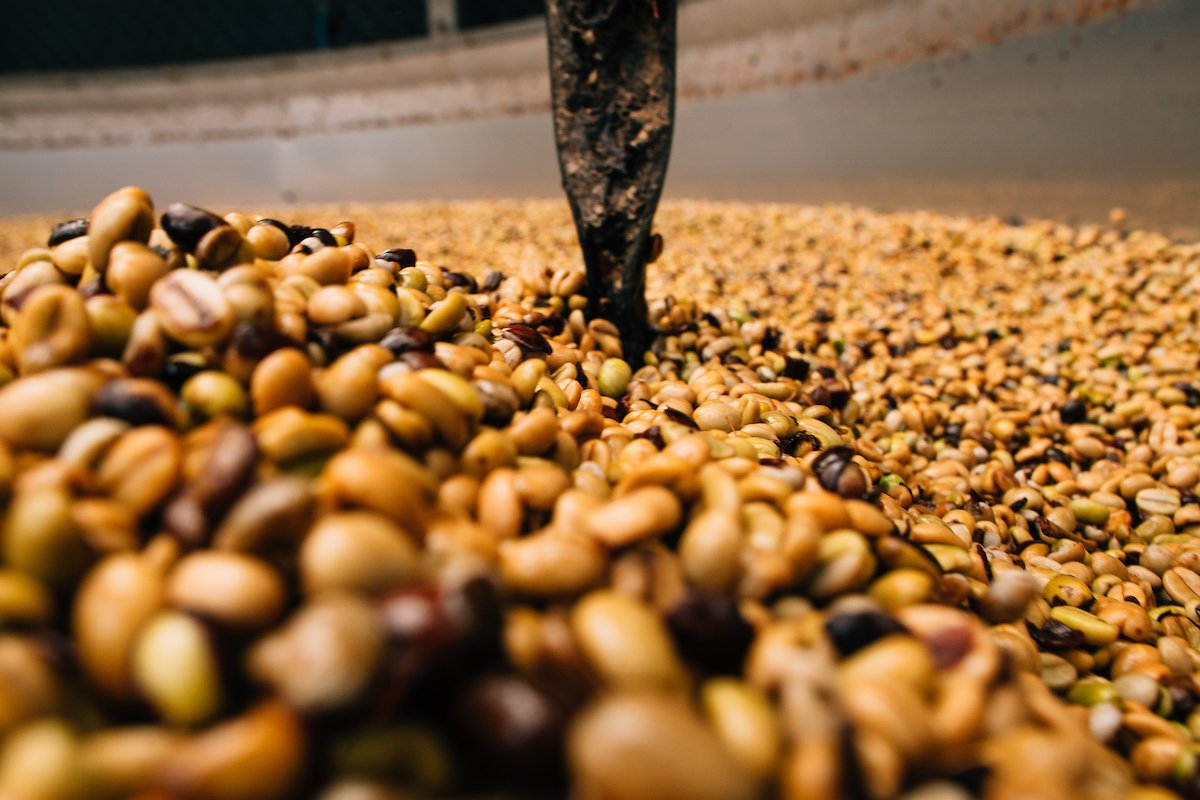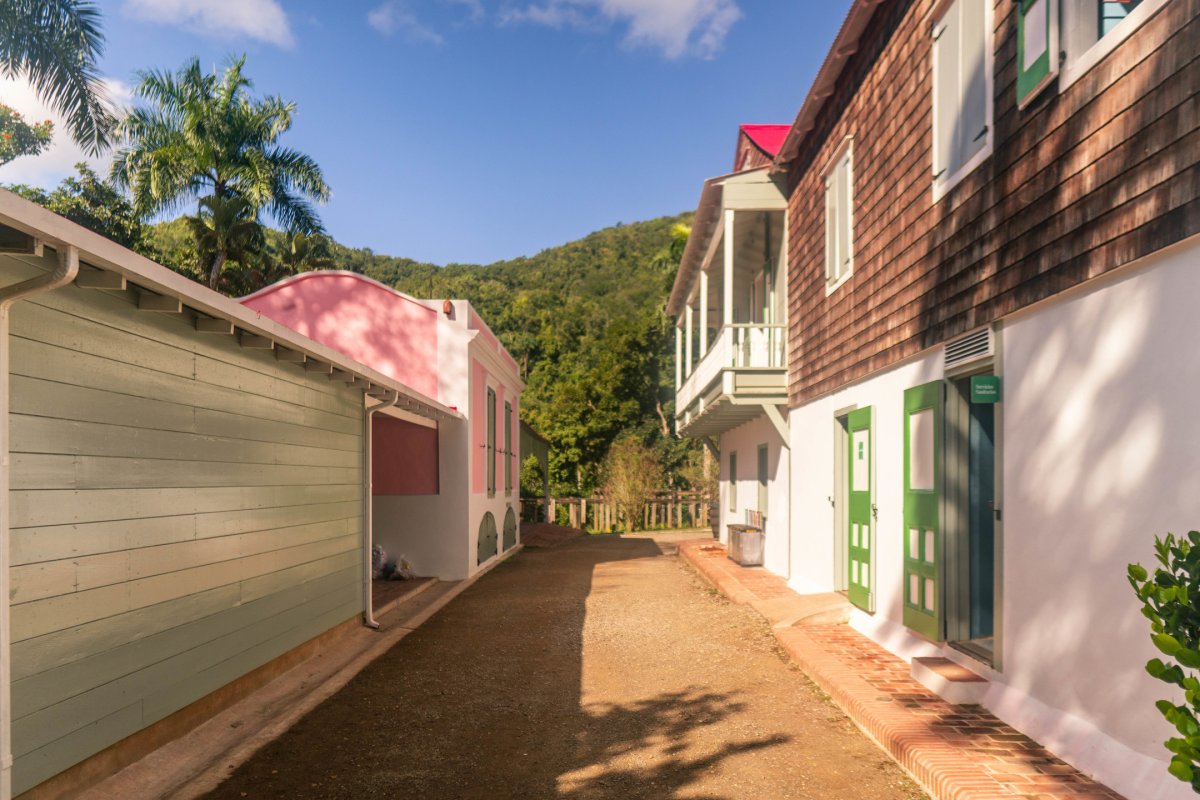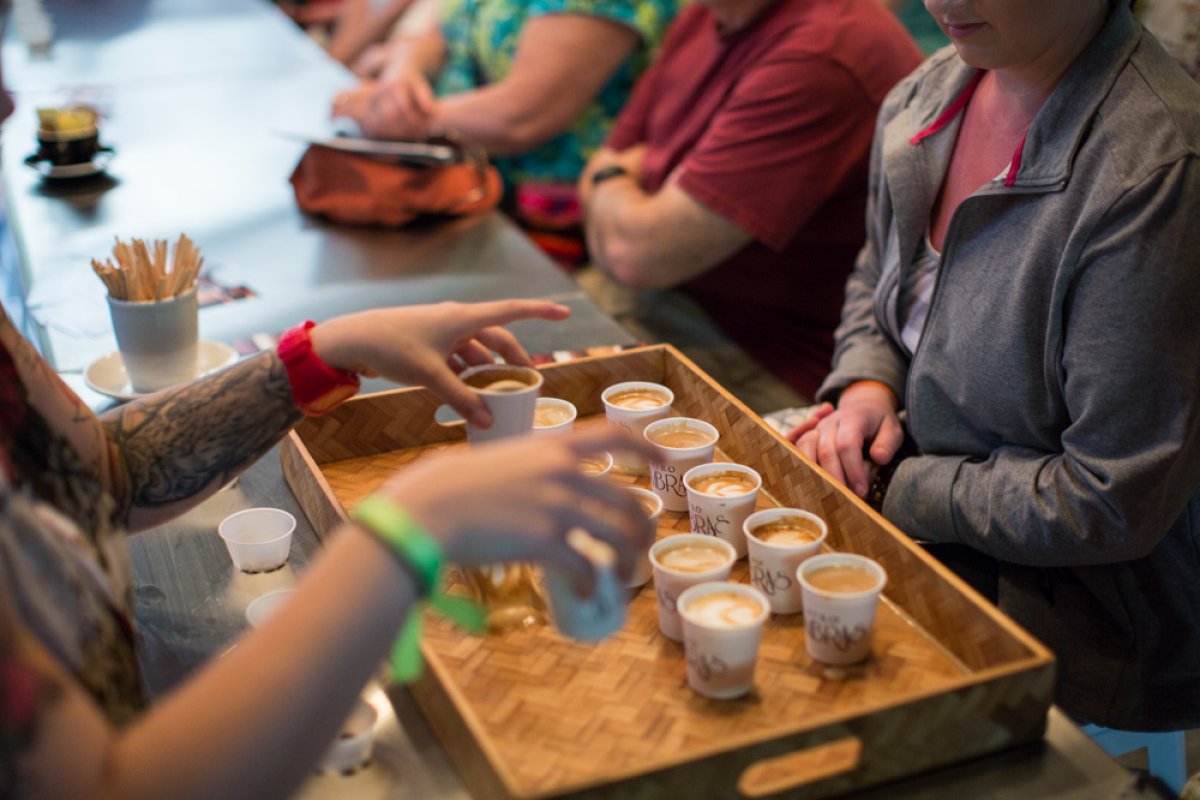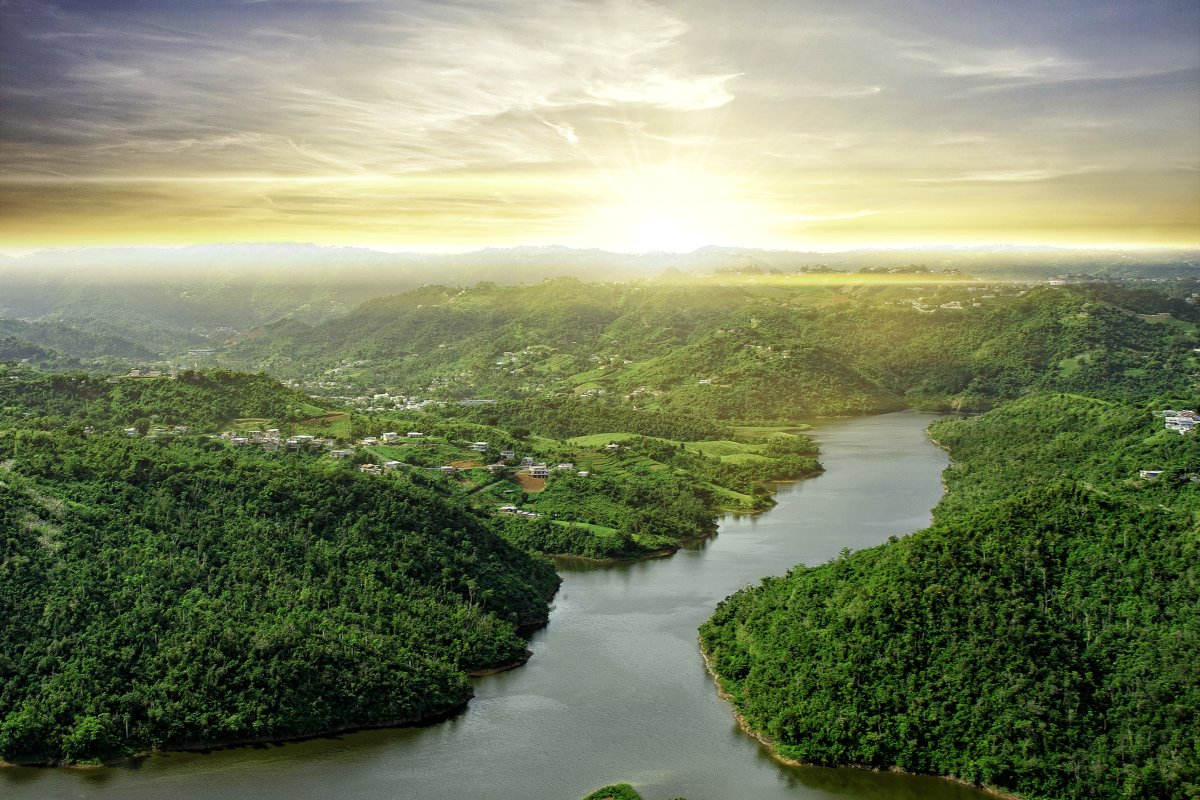Facts about local coffee
The most common coffee bean on the Island is the Arabica bean.
The history of Puerto Rican coffee goes back 200 years when it was introduced to the Island in 1736.
The first coffee beans were sown in Puerto Rico towards the end of the 18th century.
It used to be called the "coffee of popes and kings" because it was the main export from the Island to Europe.
Aroma and flavor: Puerto Rican coffee has sweet, dry fruit nuances with chocolate undertones and almond and plum hints.
The acidity gives subtle citrus and non-bitter notes.
Texture: The body of the coffee is rich and supple.
Common ways of ordering coffee
Cargao u oscurito – Coffee with just a little bit of milk, more on the "pure/heavy" side.
Prieto o negro – Black coffee, without milk
Puya – without any milk or sugar
Término medio – "Half and half," just the perfect balance of coffee and milk (not too light, not too dark)
Cortadito – an espresso with a layer of steamed milk.
Café con leche – like a traditional latte, served in a large coffee cup with a large milk ratio.
Café bibí – a very light latte. The ratio of milk is higher than the ratio of coffee.
Pocillo – a regular espresso served in a small cup, usually containing four to six ounces.
Café aguao - refers to coffee with a low concentration of coffee, "watered down." What Puerto Ricans call a café americano or American coffee.
Café, por favor
We and our partners use cookies to personalize your experience, to show you ads based on your interests, and for measurement and analytics purposes. By using our website and our services, you agree to our use of cookies as described in our Cookie Policy.



